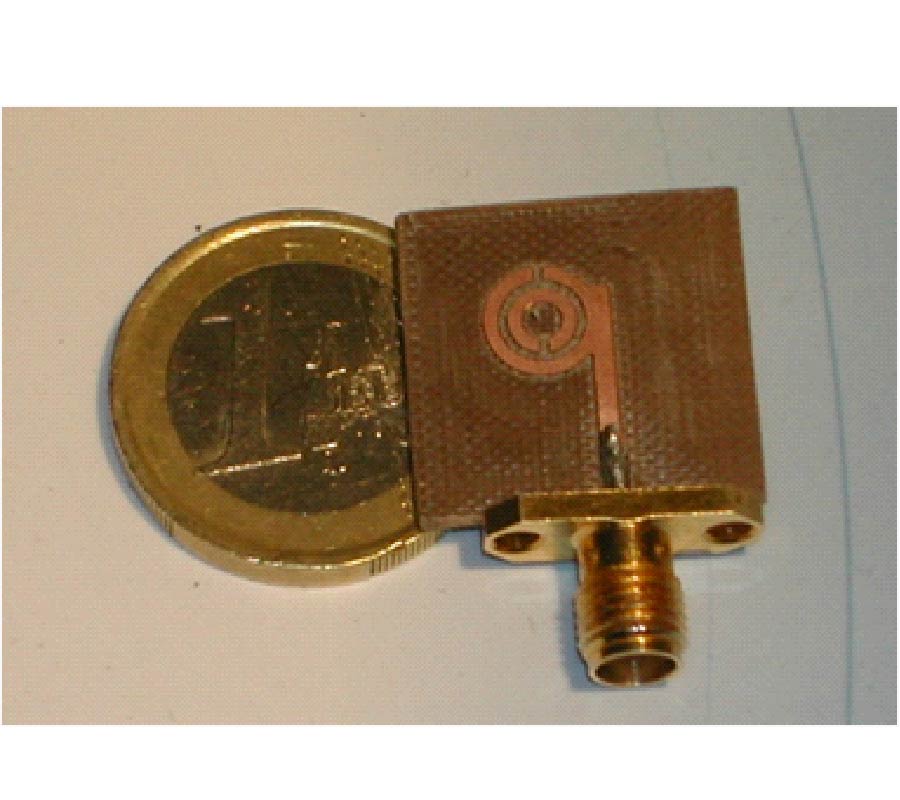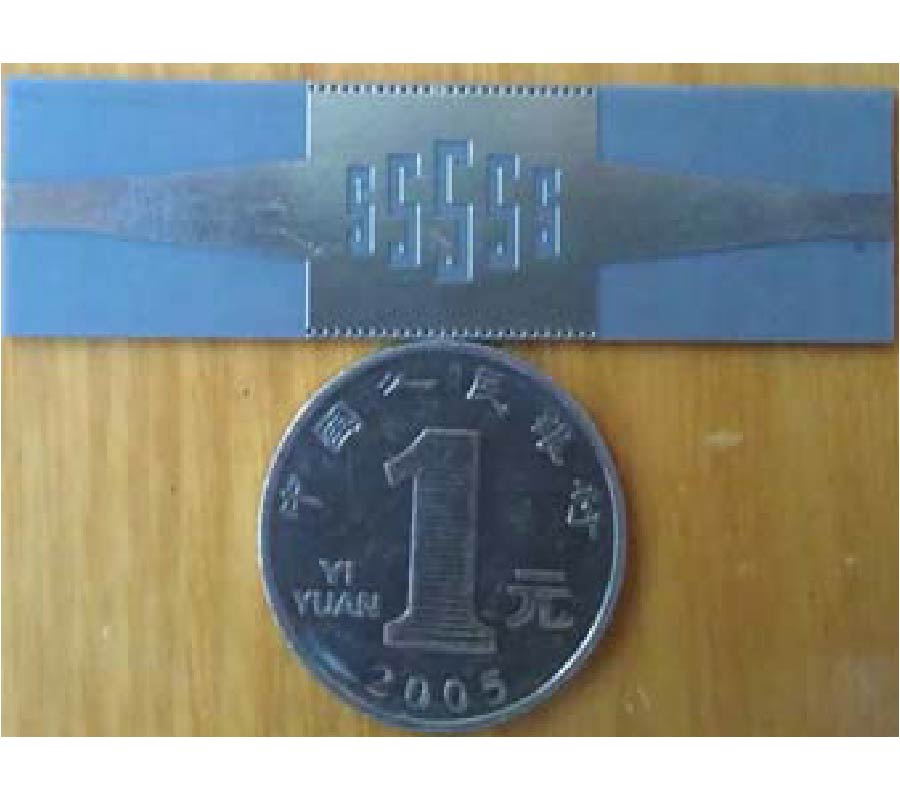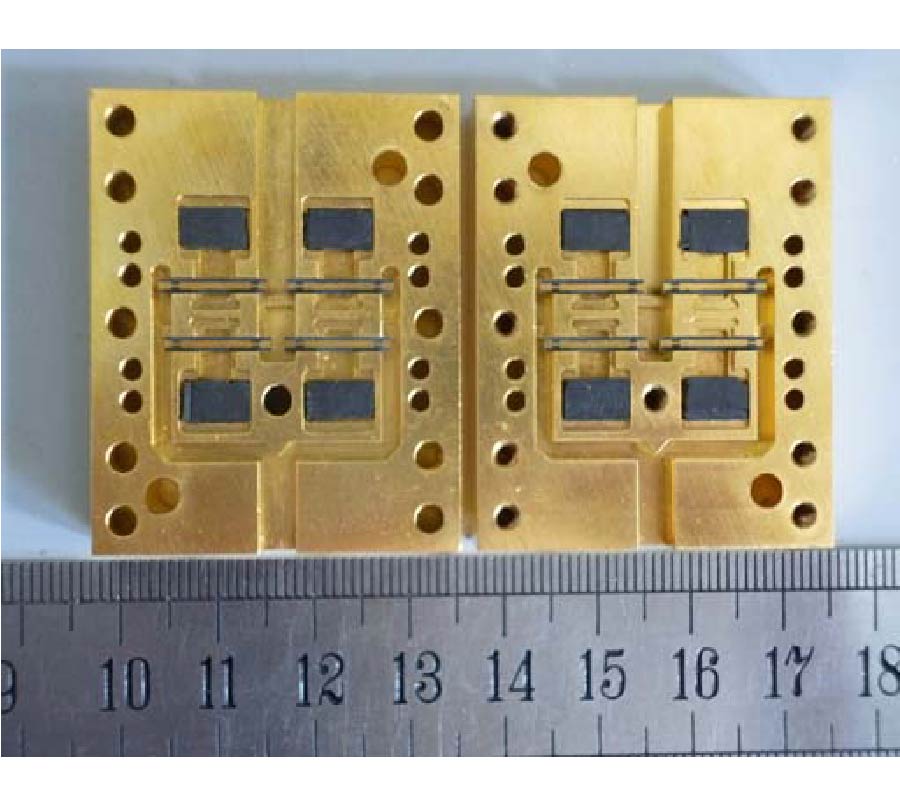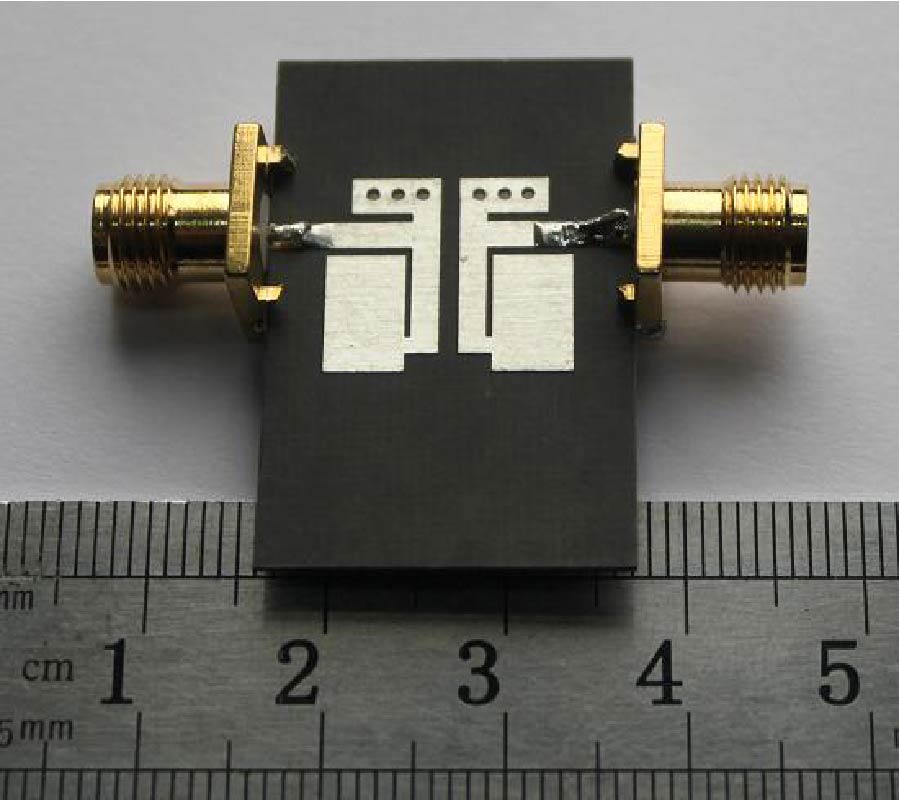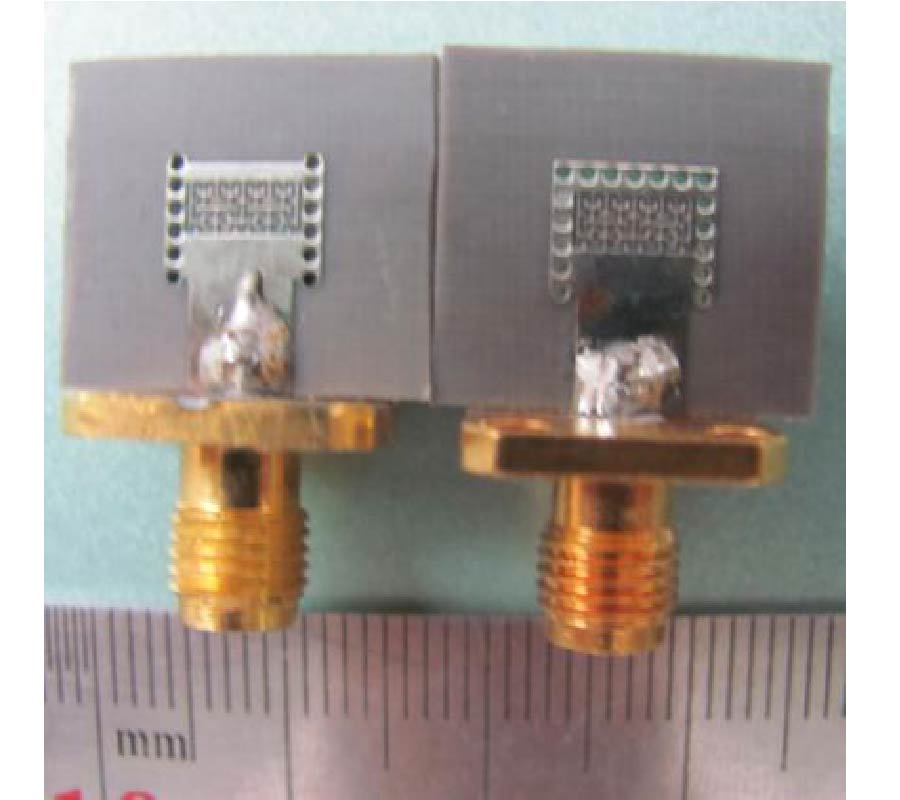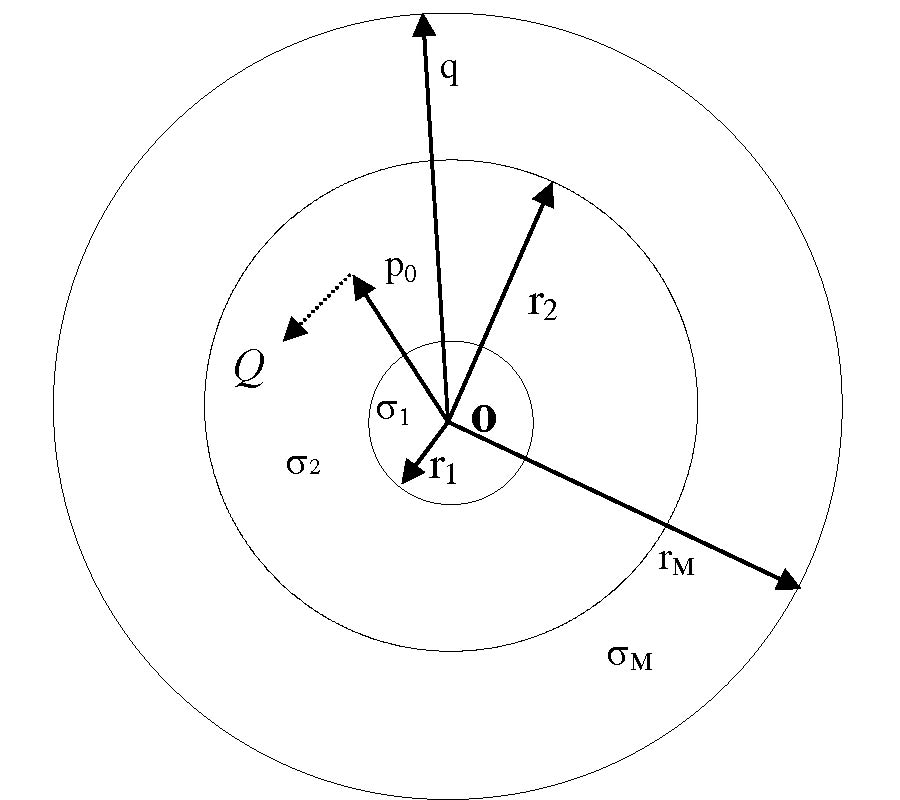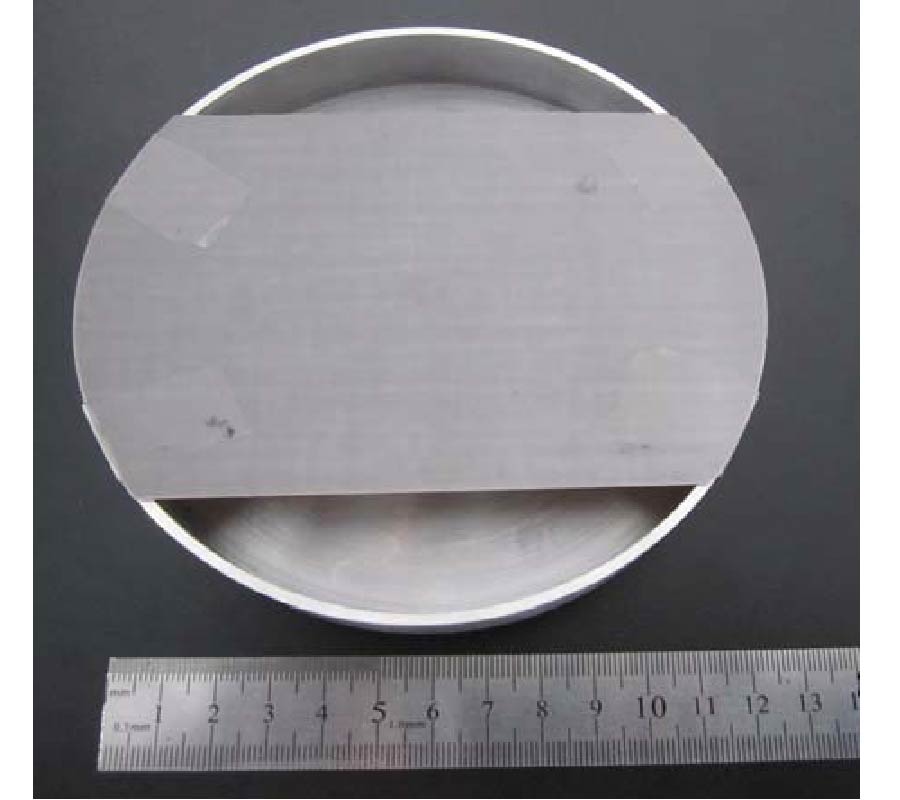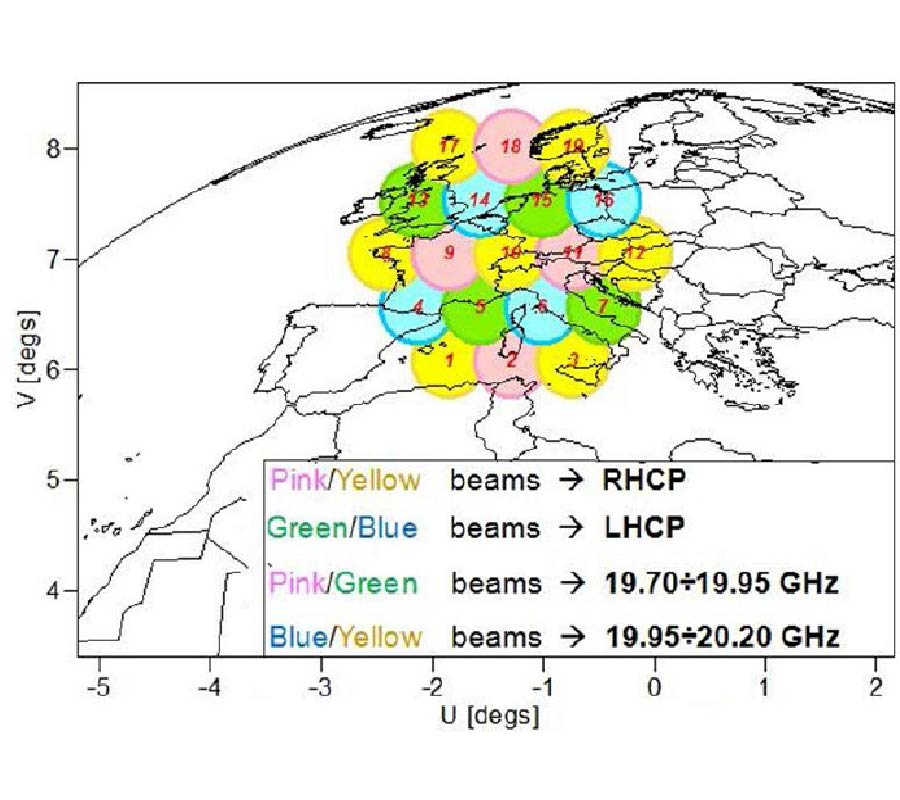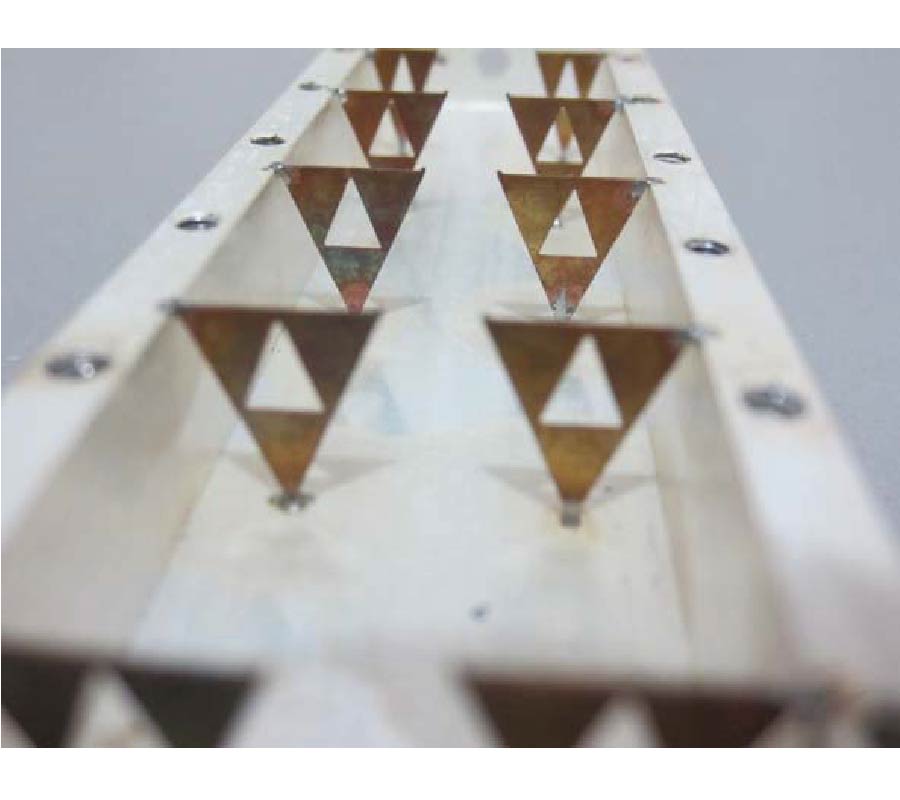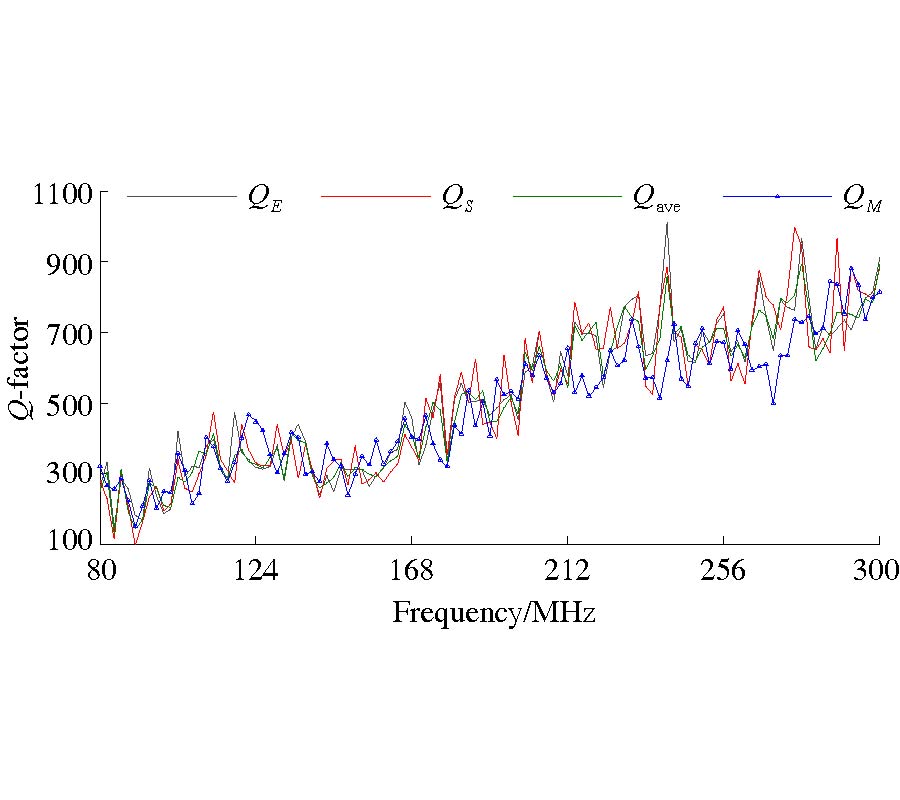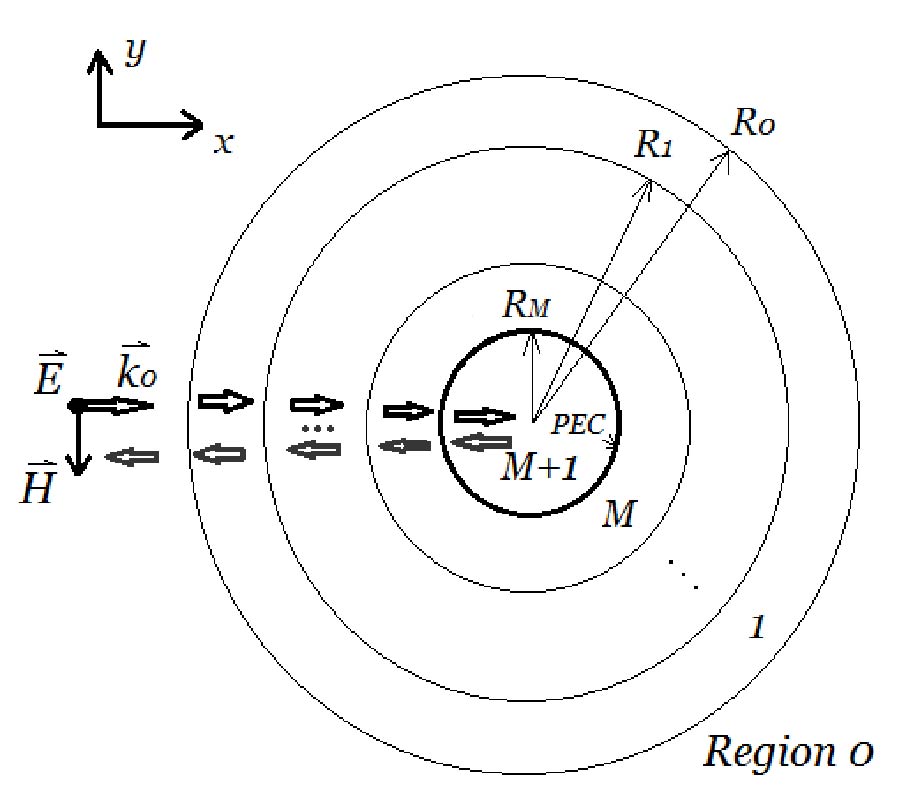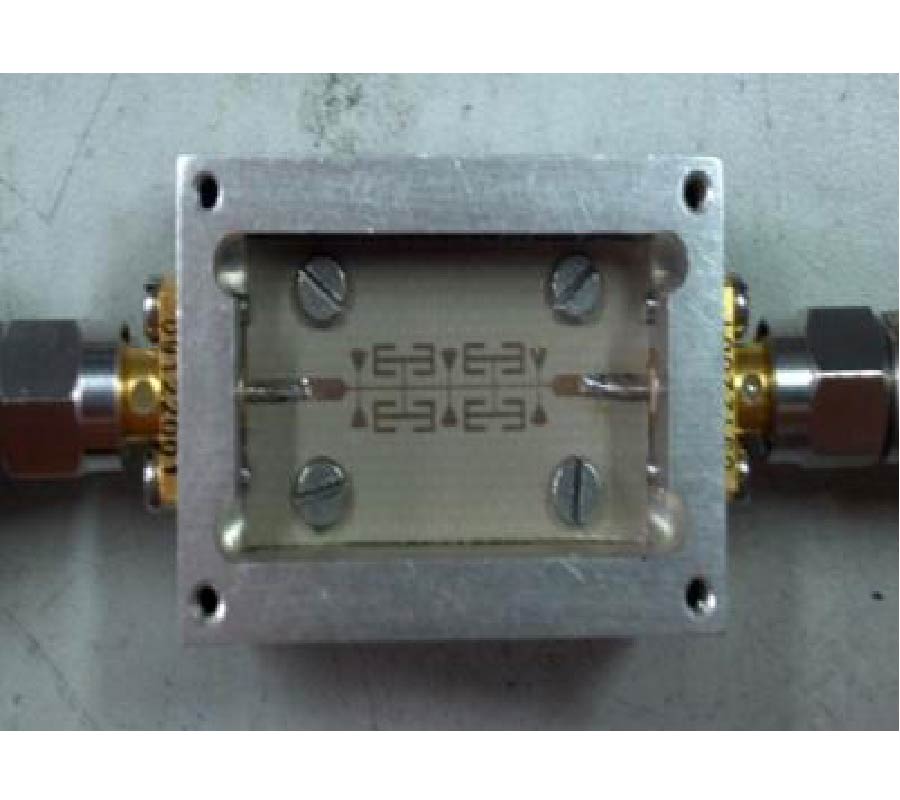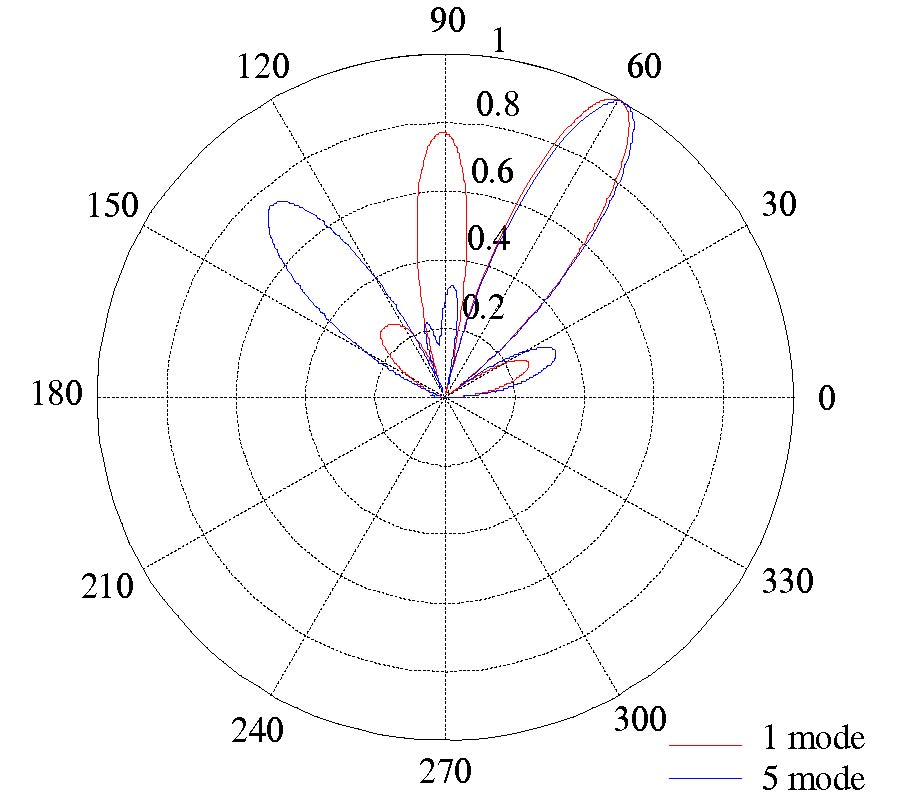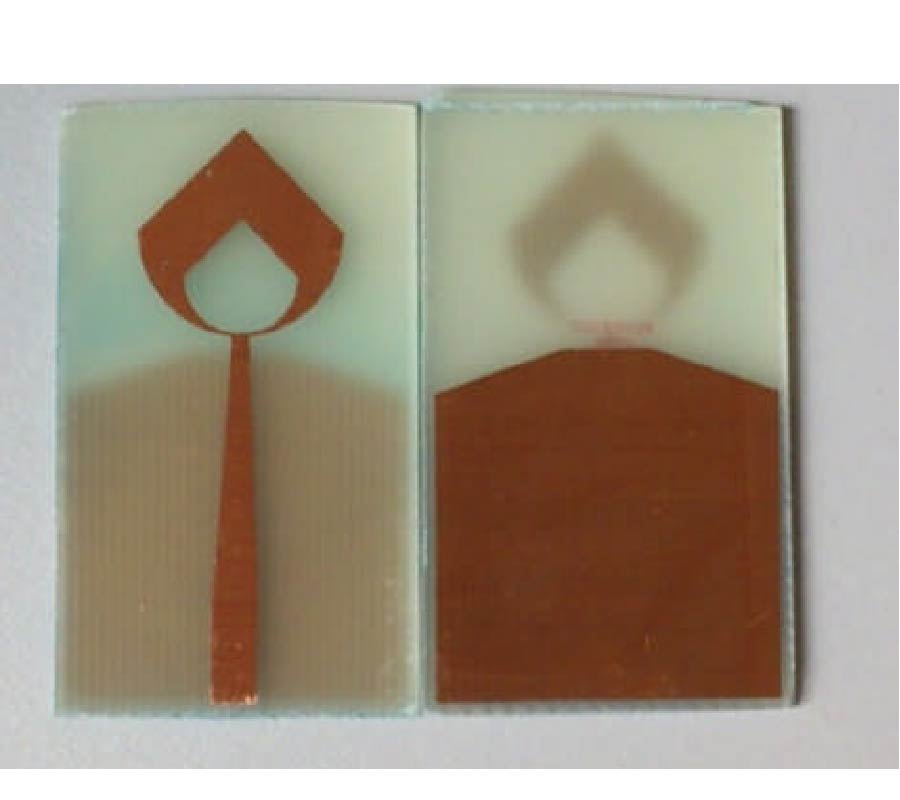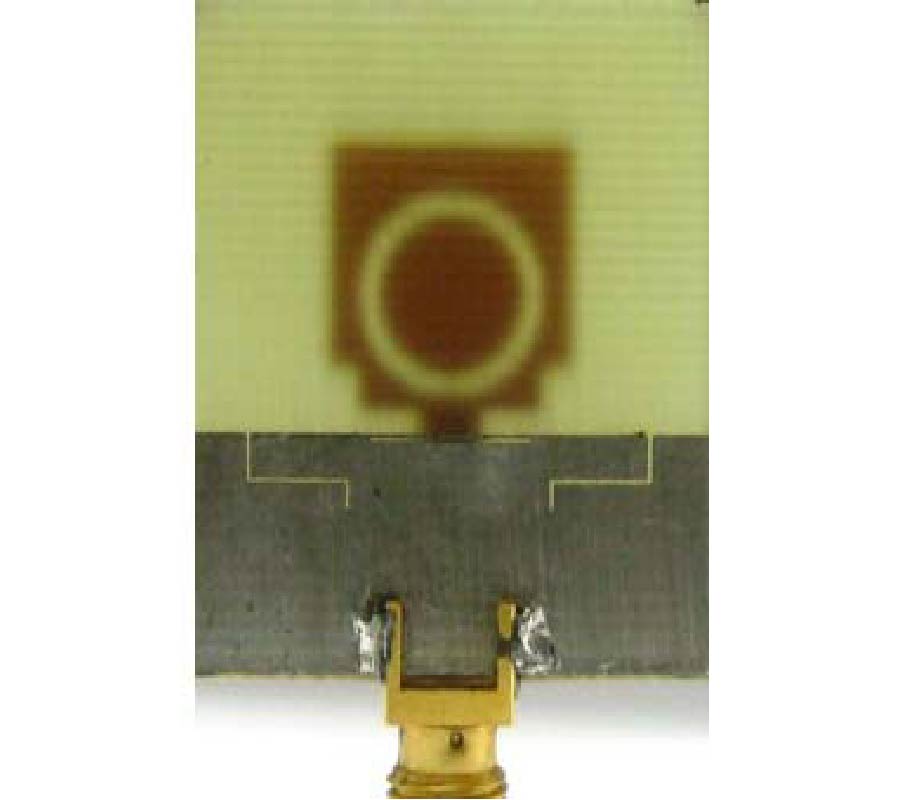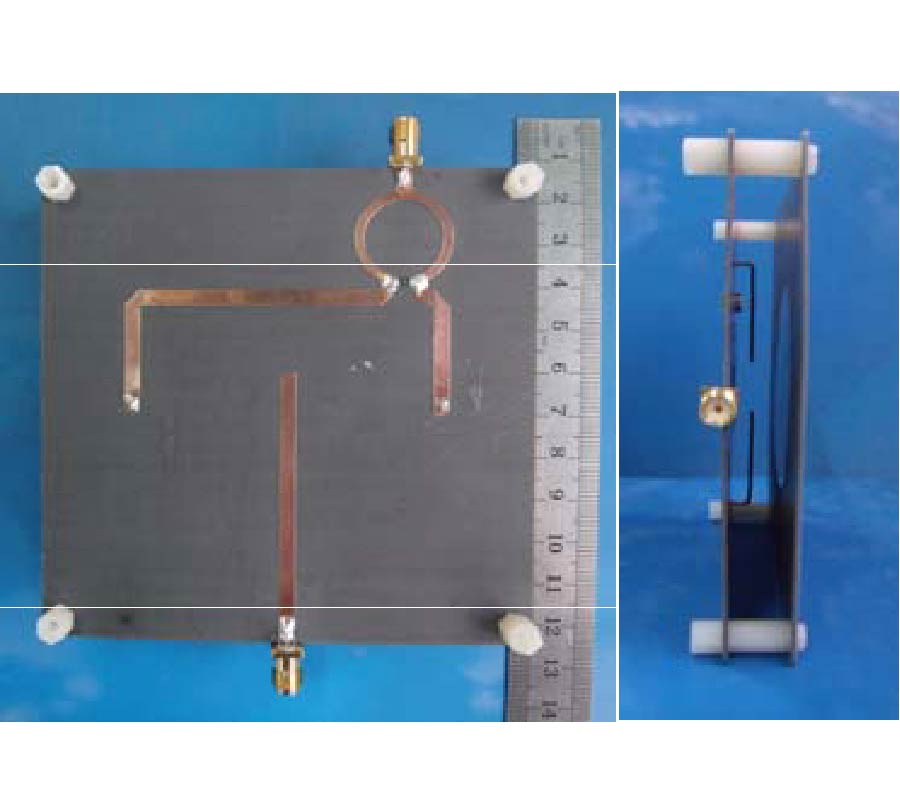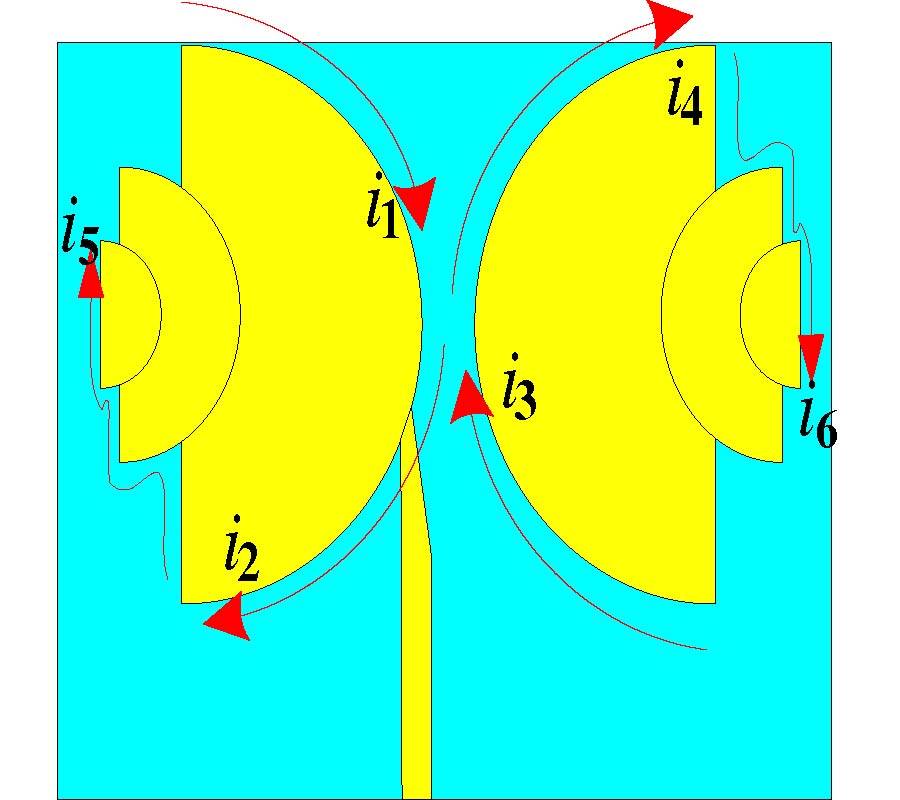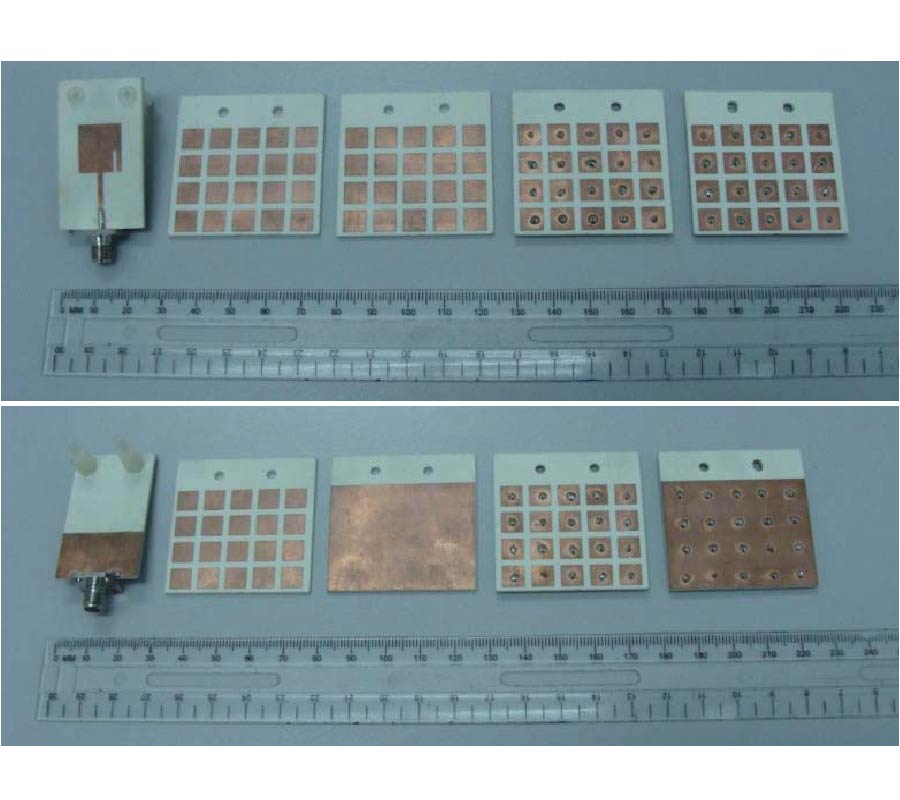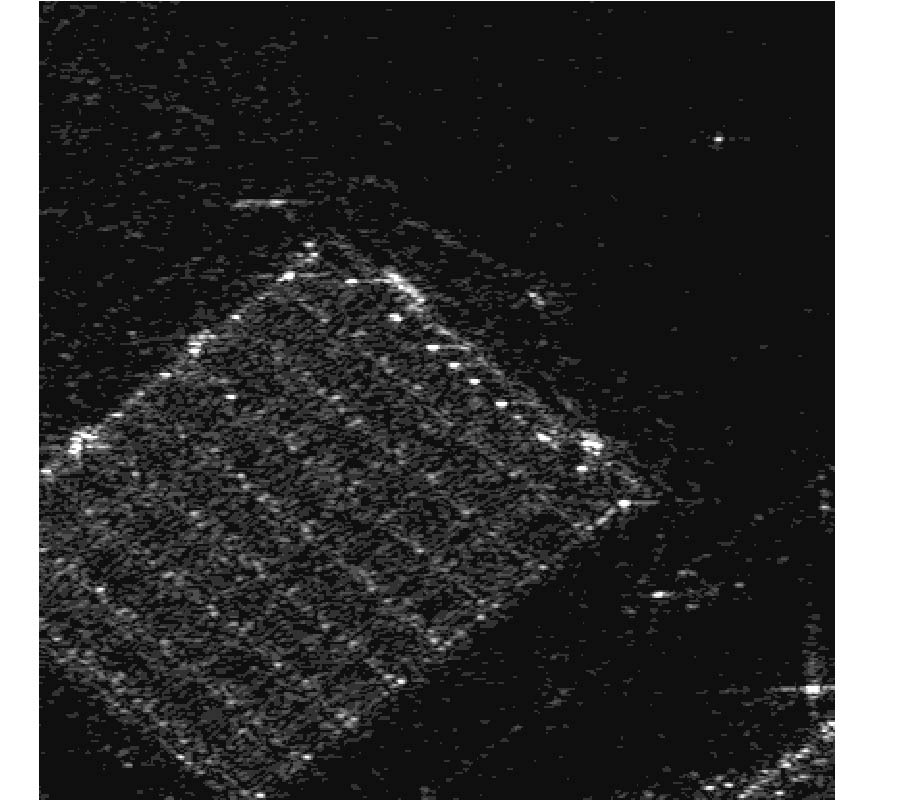2013-01-03 Latest Published
By Otman El Mrabet
Mariem Aznabet
Francisco J. Falcone
Hatem Rmili
Jean-Marie Floc'h
Mhamed Drissi
Mohammad Essaaidi
Progress In Electromagnetics Research Letters, Vol. 36, 201-207, 2013
Abstract
In this paper, we report a new design of a compact antenna based on the use of split ring resonator (SRR). The designed antenna consists of two SRRs, with the same geometrical parameters, printed symmetrically on both sides of the dielectric substrate. Excitation of the SRR element is performed by adequately placing the access microstrip lines with respect to the confinement plane of the split rings. The resonance frequency of the antenna is essentially defined by geometrical parameters of the SRR, which makes it suitable for a broad range of applications spanning from mobile terminals to WLAN and WPAN systems. The final result is low profile, and can be easily integrated with other RF front-end circuits in a PCB.
